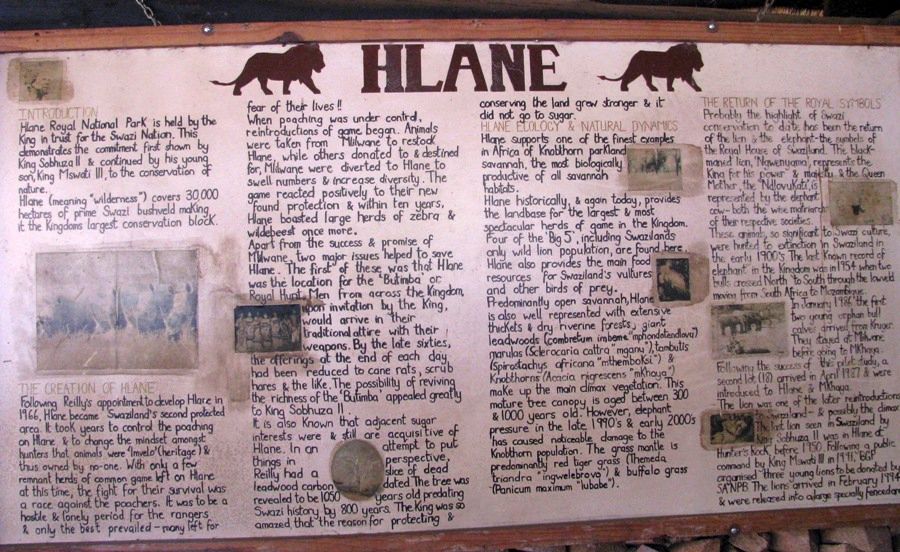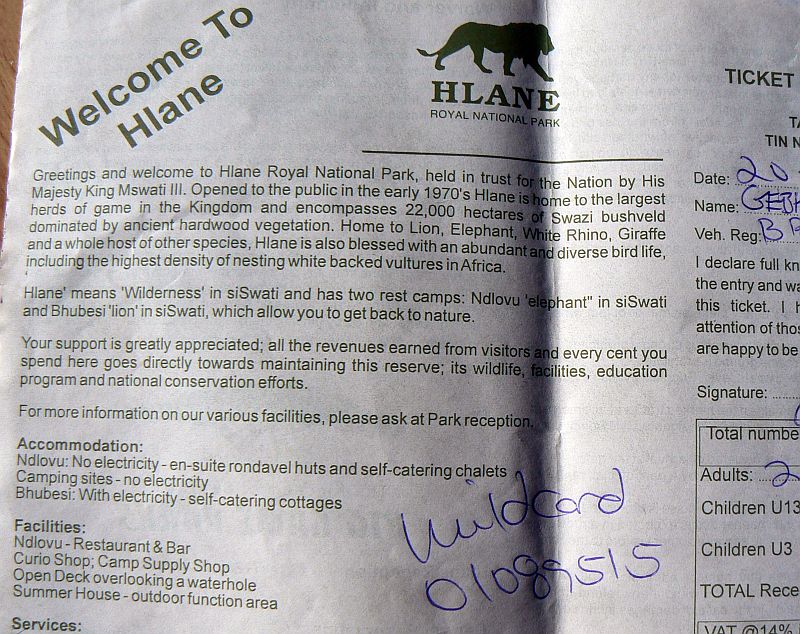
Travel Snippets from Kruger, Swazi & KZN (2) *
Re: Travel Snippets from Kruger, Swazi & KZN (2)
Map of Hlane
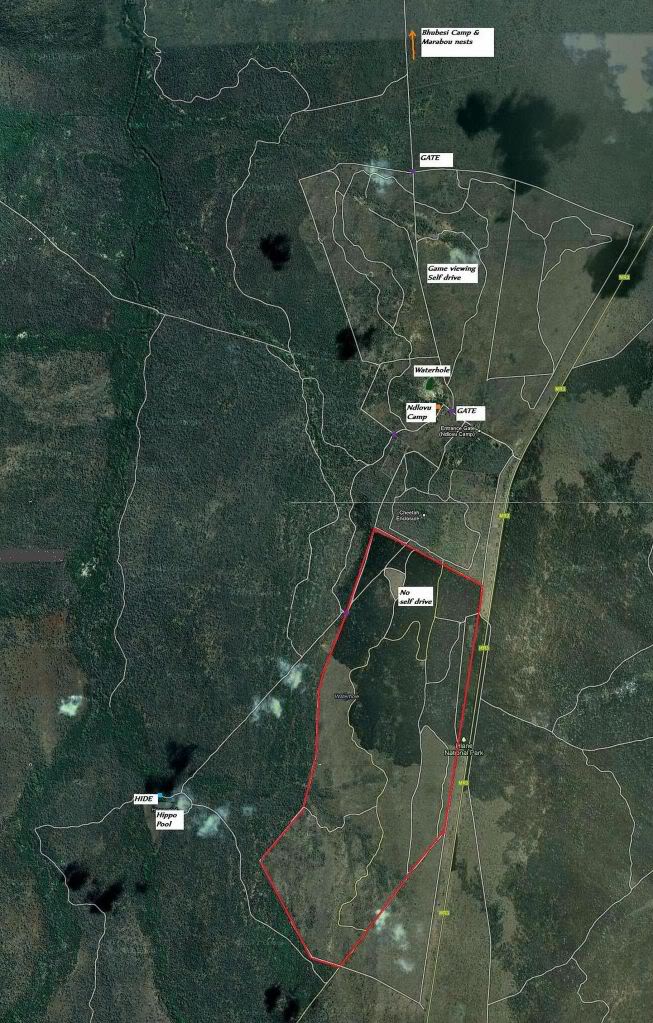
Hlane covers 30,000 hectares of knob thorn and leadwood bushveld. There is a network of self-drive game-viewing roads criss-cross the park. Hlane is divided into three sections:
The main game viewing area north of the main camp (rhino/elephant section) is relatively small and criss-crossed by lots small tracks, so spotting elephant or rhino is very easy there. You will see also giraffe, zebra and antelope. But beware of the breeding herd in this section! The cows are not amused of tourists sometimes. -O
There is another gate at the northern end and there a bit further on a bumpy 4x4 trail is a nesting site of Marabou storks. In this northern section is also Bhubesi Camp overlooking the Umbuluzana River.
In the red marked lion/elephant section, access is only possible by a guided game drive. Seeing lions there is no guarantee, but the chances are high.
In the south-western area is a nice dam with a bird hide. Self drive is allowed there or you can take a mountain-bike ride or a walk. The section covers a larger bushy area and there is a lovely dam (Mahlindza waterhole) with two hides and a picnic site, where zebra, impala, blue wildebeest, nyala, kudu and bushbuck come down for a drink.
Ndlovu camp is rhino territory. Also the hippopotamus spend their day in the nearby dam and waterhole, at the restaurant or from the chalets you can see rhino, giraffe, elephant and antelope drinking during the day. The nights are pure bush bliss, there is no electricity, only fires and bush sounds. You can sit outside the chalets on the wooden bench and listen and watch all night long . The braai/fireplace is good for huge fires! The camp is only seperated from the game area and the waterhole by a small electric fence (three wires) and antelope and smaller animals walk in.
. The braai/fireplace is good for huge fires! The camp is only seperated from the game area and the waterhole by a small electric fence (three wires) and antelope and smaller animals walk in.


 A very good place for relaxing, you don't need to move at all and can watch rhino and other animals from the stoep
A very good place for relaxing, you don't need to move at all and can watch rhino and other animals from the stoep 

Hlane covers 30,000 hectares of knob thorn and leadwood bushveld. There is a network of self-drive game-viewing roads criss-cross the park. Hlane is divided into three sections:
The main game viewing area north of the main camp (rhino/elephant section) is relatively small and criss-crossed by lots small tracks, so spotting elephant or rhino is very easy there. You will see also giraffe, zebra and antelope. But beware of the breeding herd in this section! The cows are not amused of tourists sometimes. -O
There is another gate at the northern end and there a bit further on a bumpy 4x4 trail is a nesting site of Marabou storks. In this northern section is also Bhubesi Camp overlooking the Umbuluzana River.
In the red marked lion/elephant section, access is only possible by a guided game drive. Seeing lions there is no guarantee, but the chances are high.
In the south-western area is a nice dam with a bird hide. Self drive is allowed there or you can take a mountain-bike ride or a walk. The section covers a larger bushy area and there is a lovely dam (Mahlindza waterhole) with two hides and a picnic site, where zebra, impala, blue wildebeest, nyala, kudu and bushbuck come down for a drink.
Ndlovu camp is rhino territory. Also the hippopotamus spend their day in the nearby dam and waterhole, at the restaurant or from the chalets you can see rhino, giraffe, elephant and antelope drinking during the day. The nights are pure bush bliss, there is no electricity, only fires and bush sounds. You can sit outside the chalets on the wooden bench and listen and watch all night long
Re: Travel Snippets from Kruger, Swazi & KZN (2)
Day 10: Swaziland - Hlane Royal National Park
An hour in Ndlovu camp relaxing on wooden bench at the chalet
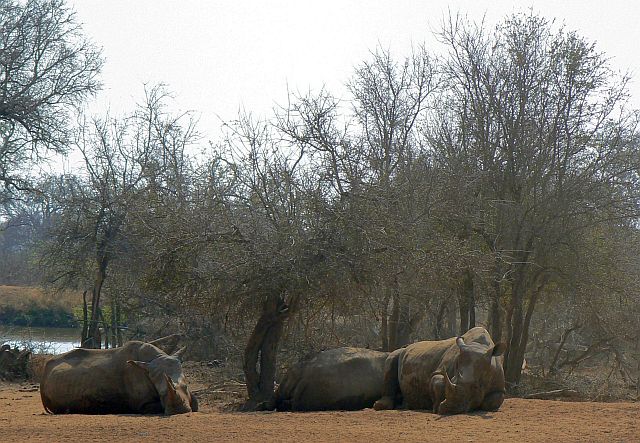
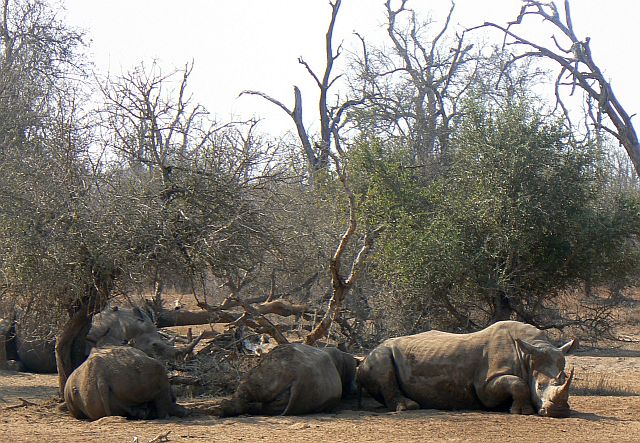
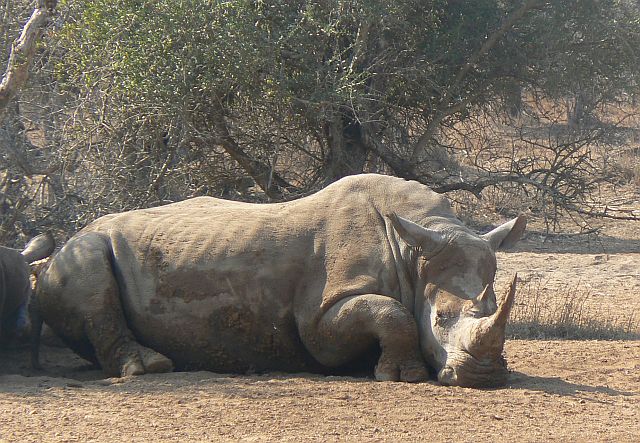
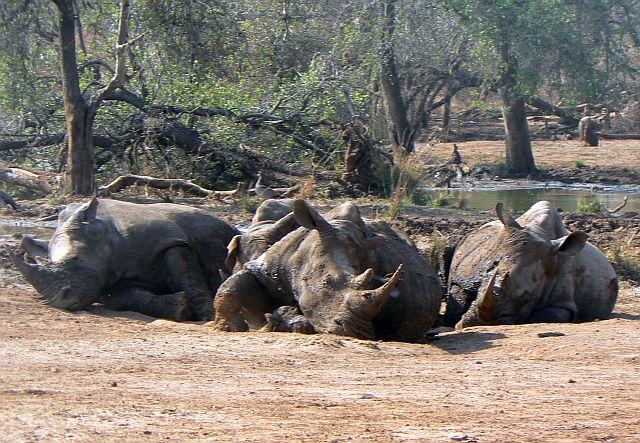
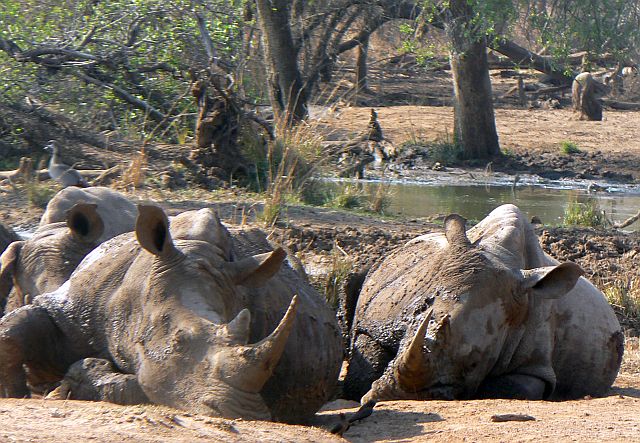
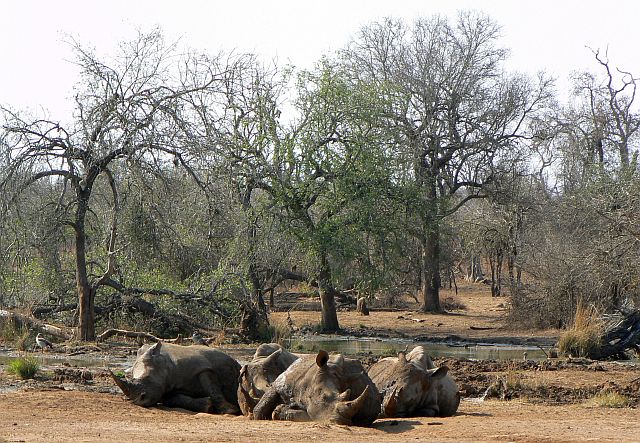
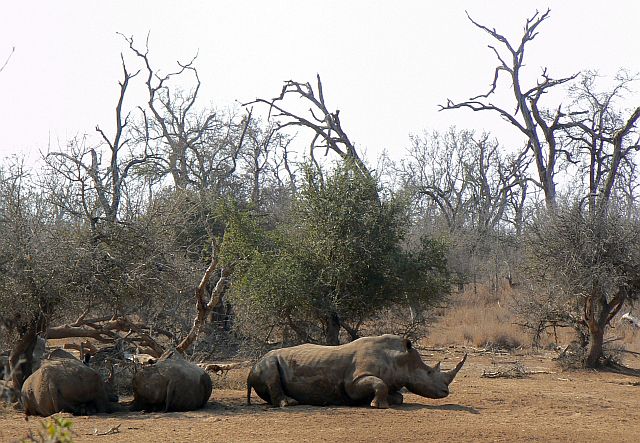
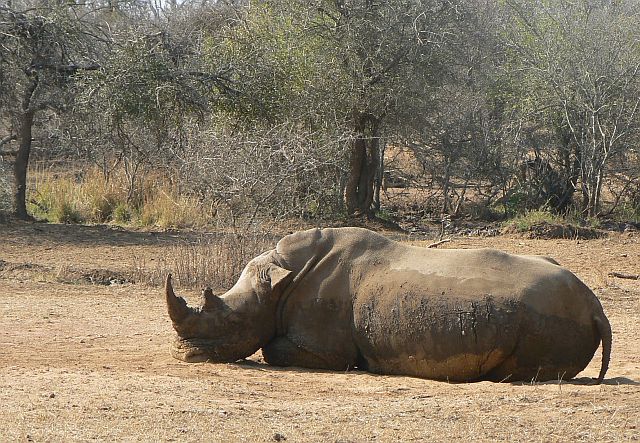
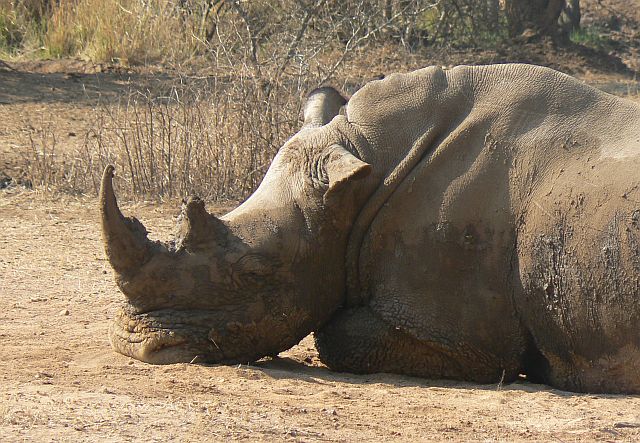



An hour in Ndlovu camp relaxing on wooden bench at the chalet












Re: Travel Snippets from Kruger, Swazi & KZN (2)
Day 10: Swaziland - Hlane Royal National Park
Video: Drive to Mahlindza Waterhole
The hide is also a good place to relax
Video: Drive to Mahlindza Waterhole
The hide is also a good place to relax
Re: Travel Snippets from Kruger, Swazi & KZN (2)
Day 10: Swaziland - Hlane Royal National Park
 Sign posting in this section of the park is a little poor and we never know where we will finish, but this time it was not the picnic spot at the waterhole, but the hide -O
Sign posting in this section of the park is a little poor and we never know where we will finish, but this time it was not the picnic spot at the waterhole, but the hide -O
You can walk around there and spot some antelope in the bush
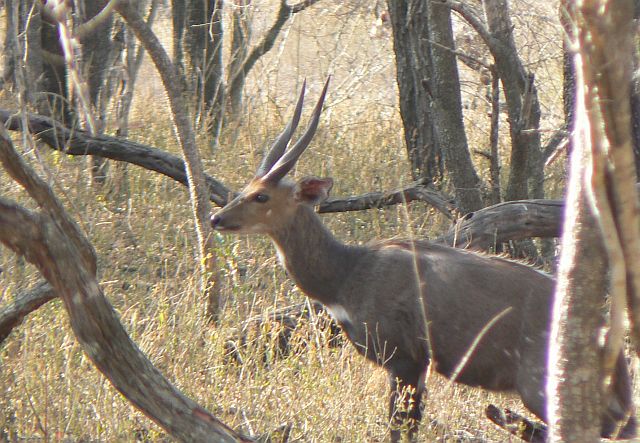 Bushbuck ram
Bushbuck ram
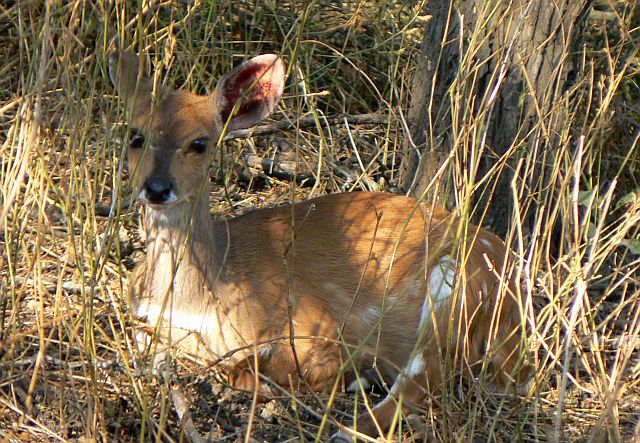 and the tiny female
and the tiny female
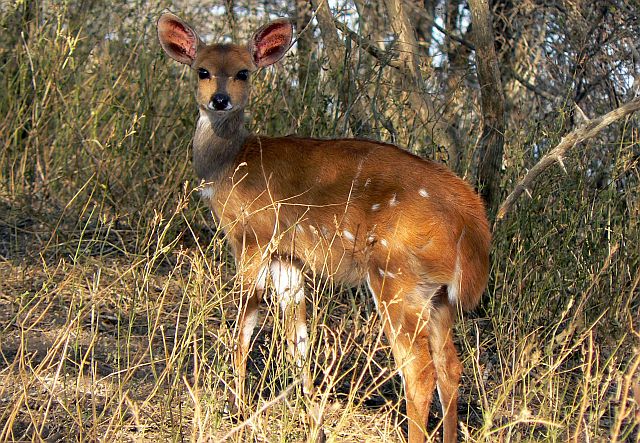
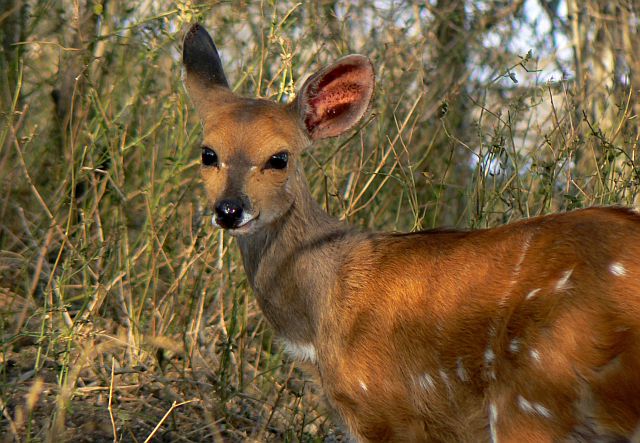
From the hide you can overlook the large waterhole
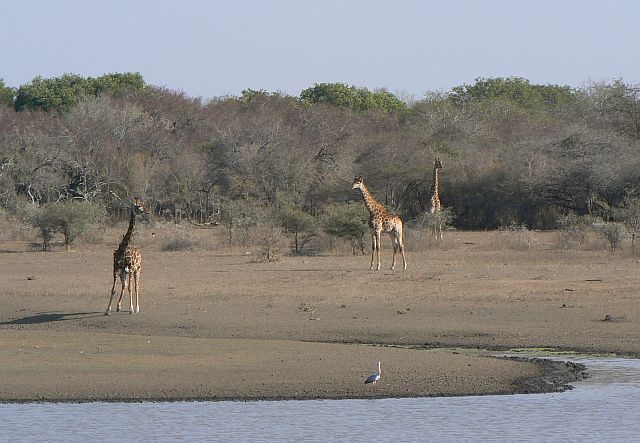
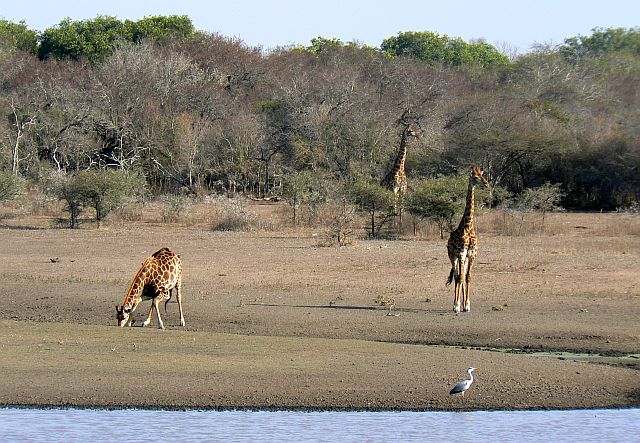
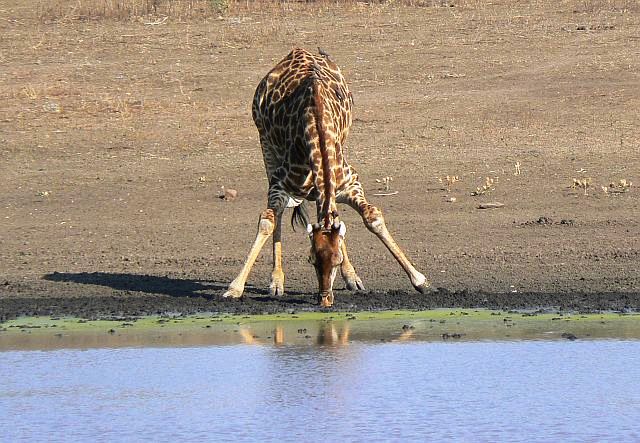
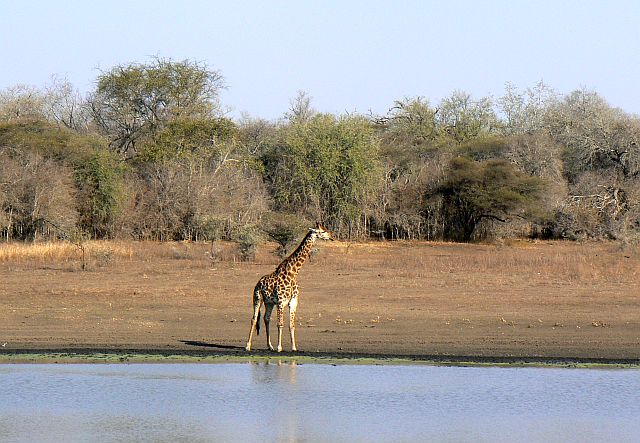
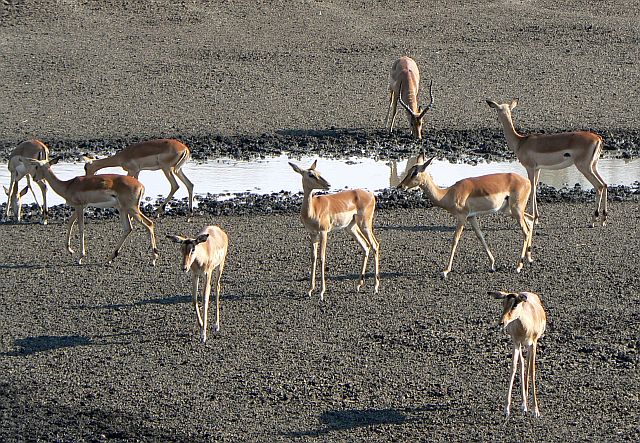
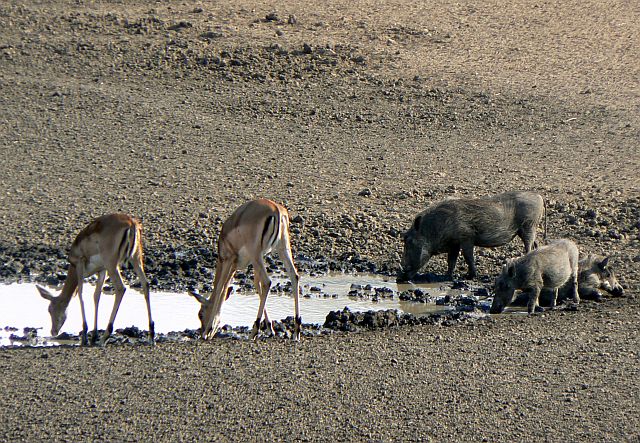
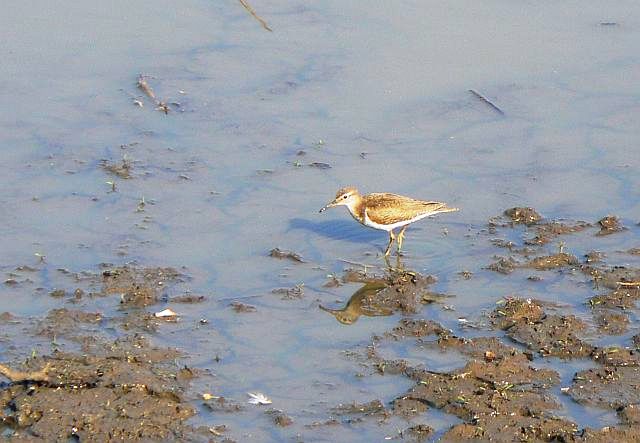 Wood Sandpiper
Wood Sandpiper 



You can walk around there and spot some antelope in the bush
 Bushbuck ram
Bushbuck ram and the tiny female
and the tiny female

From the hide you can overlook the large waterhole






 Wood Sandpiper
Wood Sandpiper Re: Travel Snippets from Kruger, Swazi & KZN (2)
Day 10: Swaziland - Hlane Royal National Park
Next on the programme was a drive through the rhino/elephant section and further north to Bhubesi Camp for a walk.
On the way back we got a glimpse of a Spotted Hyena
Video: Heading for the Northern Sections
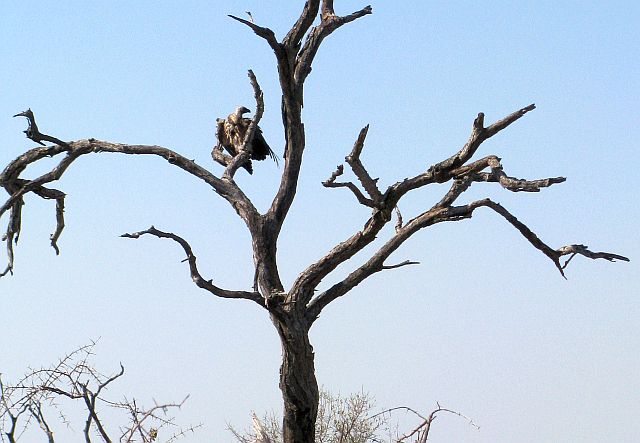
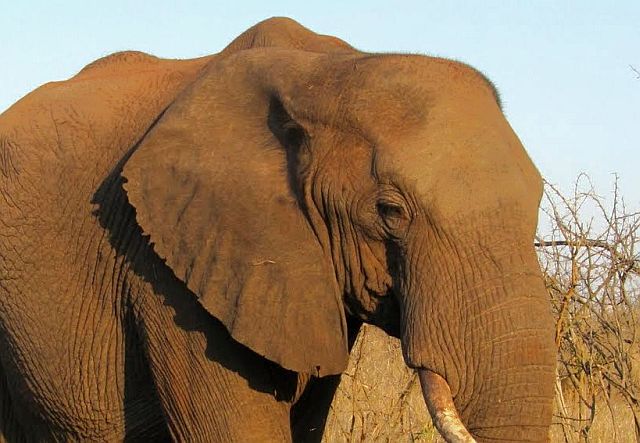
Bhubesi Camp
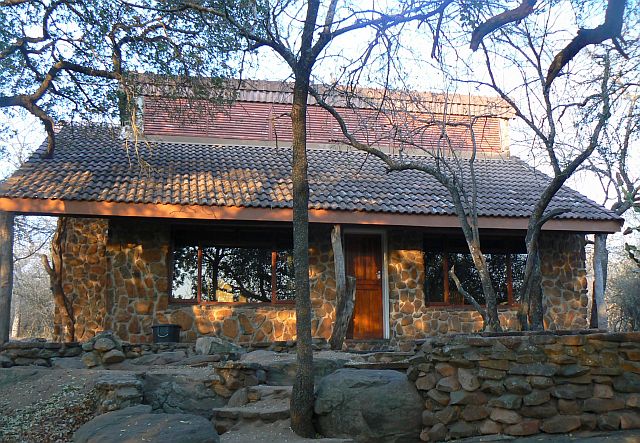
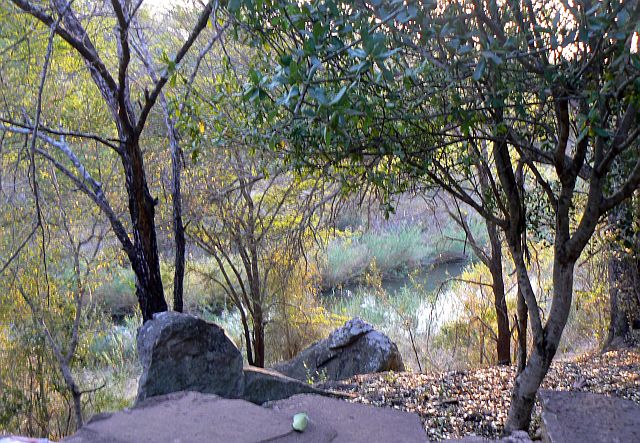
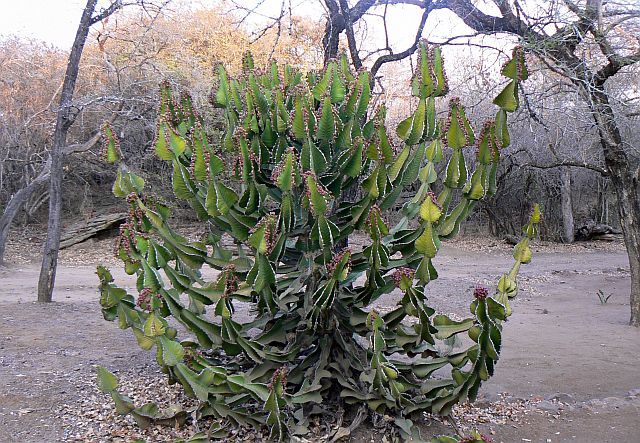
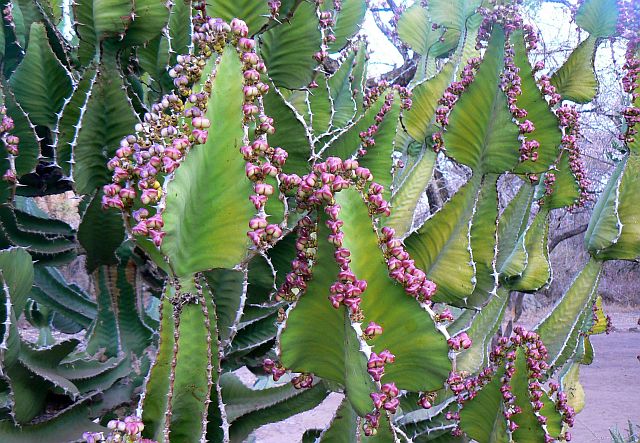
And we spotted half of Hlane's Cheetah population![Photo [O]](./images/smilies/camera.gif)
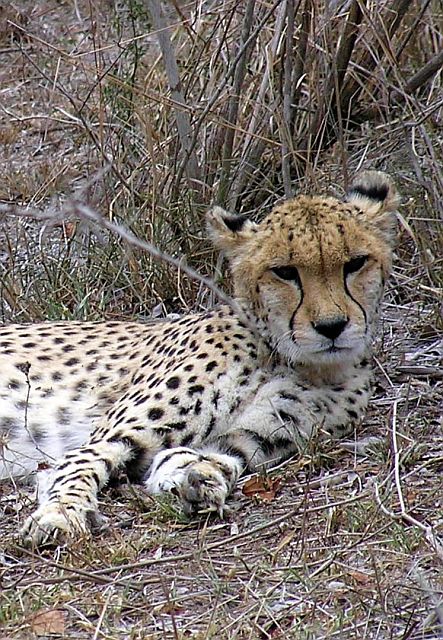
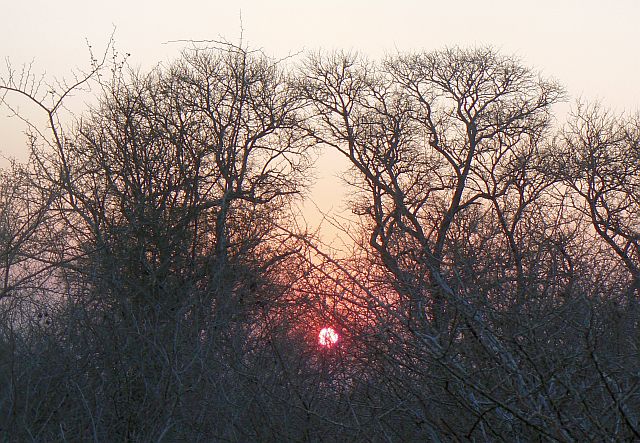
Two blurries : Crested Guineafowl and a last dose of Rhino in the fading light
: Crested Guineafowl and a last dose of Rhino in the fading light
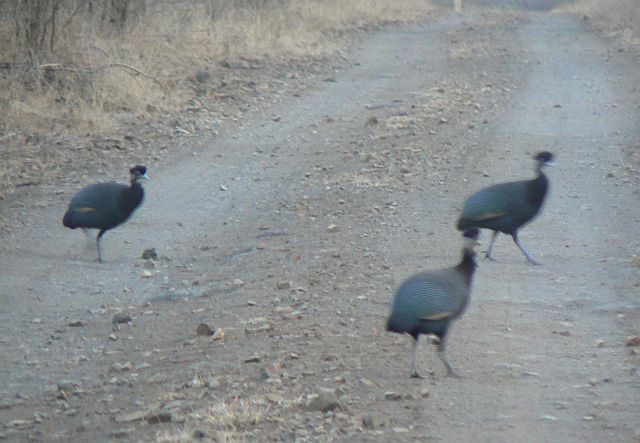
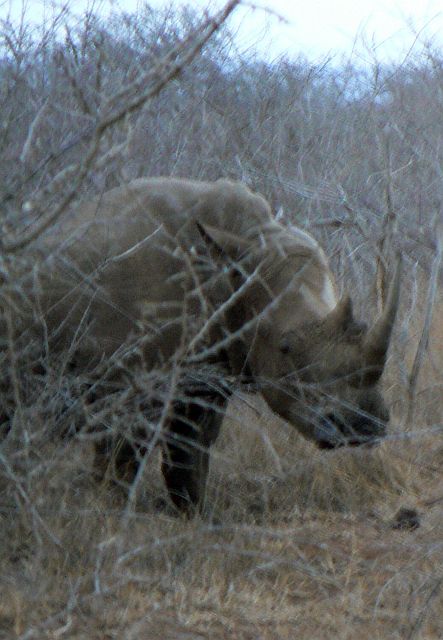
First night at Ndlovu camp was peaceful and we had enough fire wood for hours and hours to sit outside with food and drinks



Next on the programme was a drive through the rhino/elephant section and further north to Bhubesi Camp for a walk.
On the way back we got a glimpse of a Spotted Hyena
Video: Heading for the Northern Sections


Bhubesi Camp




And we spotted half of Hlane's Cheetah population


Two blurries


First night at Ndlovu camp was peaceful and we had enough fire wood for hours and hours to sit outside with food and drinks



Re: Travel Snippets from Kruger, Swazi & KZN (2)
Day 11: Swaziland - Hlane Royal National Park
Lazy morning in Ndlovu camp
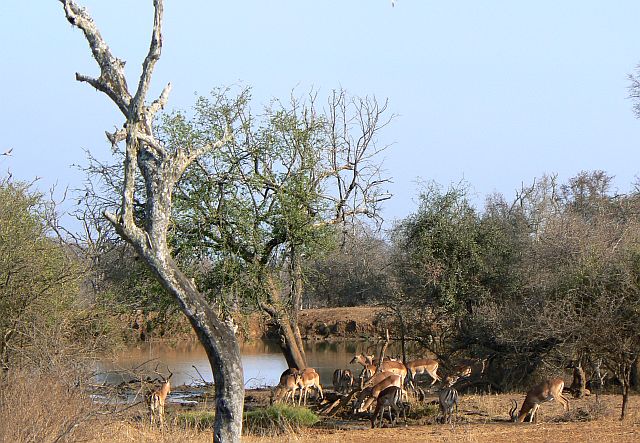
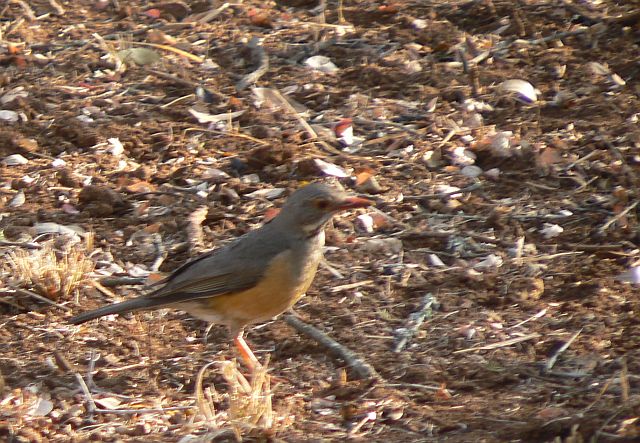

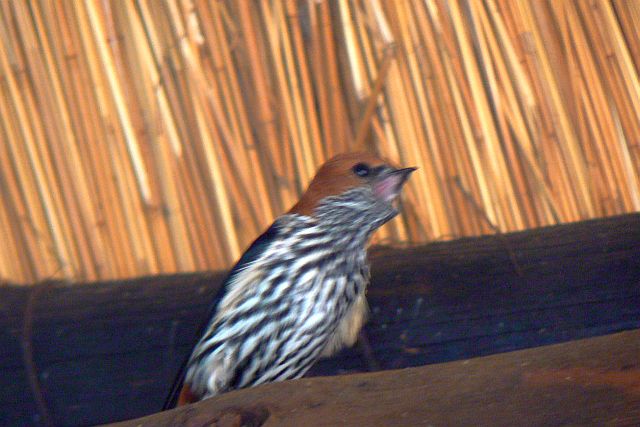 blurd
blurd 
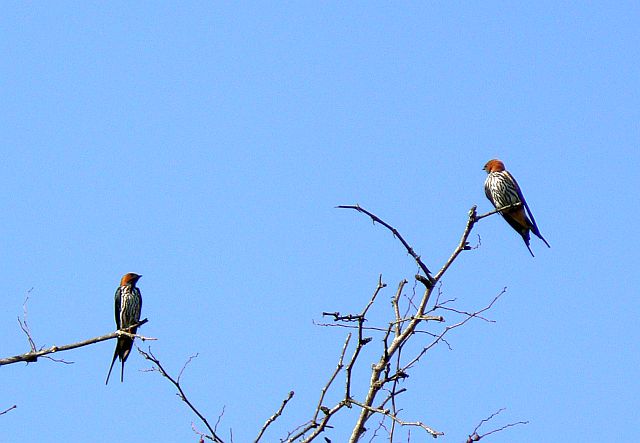 Lesser Striped Swallow
Lesser Striped Swallow
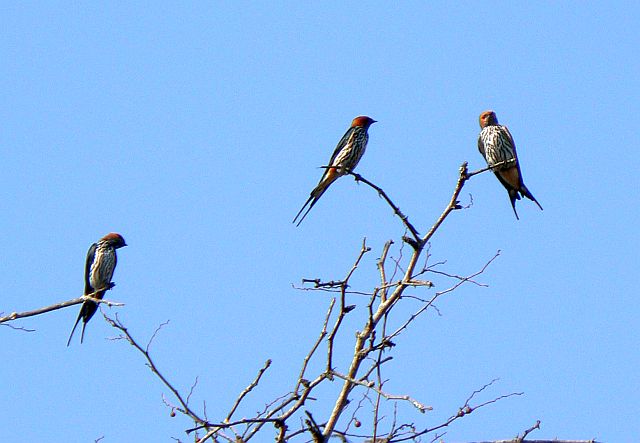
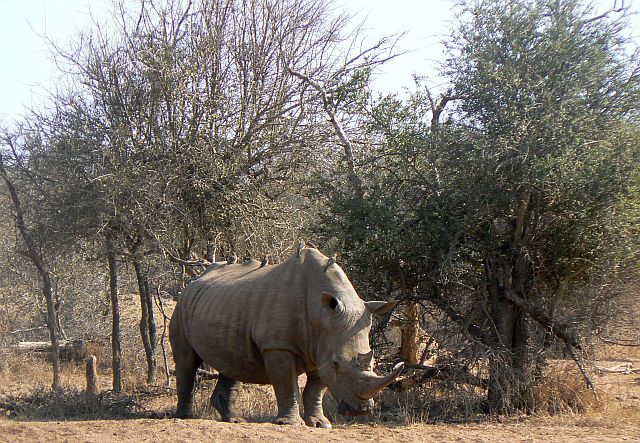
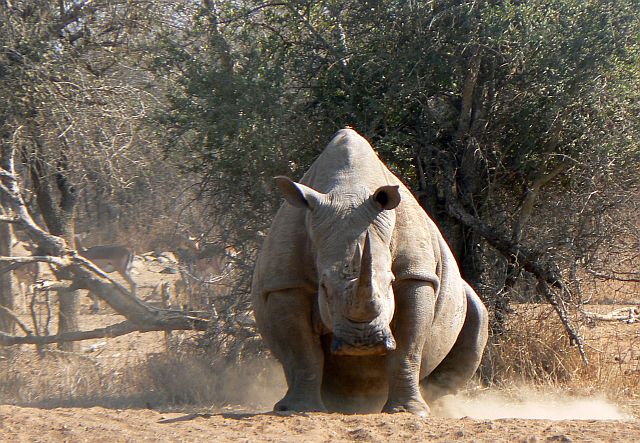
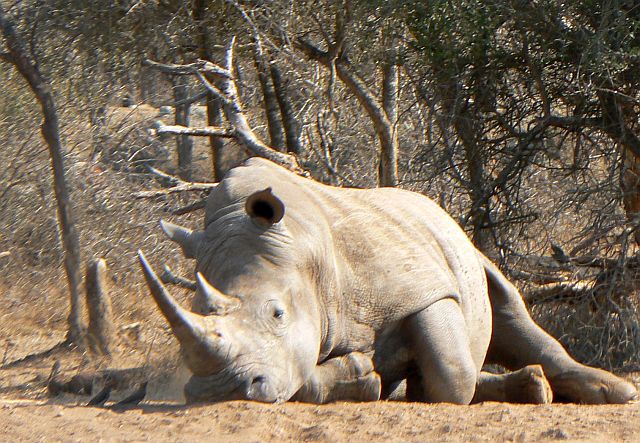
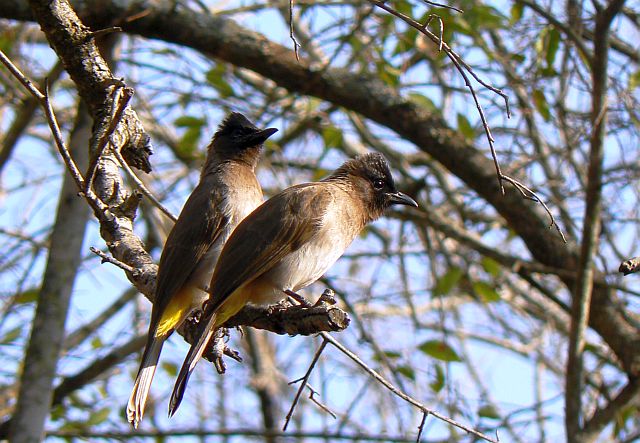
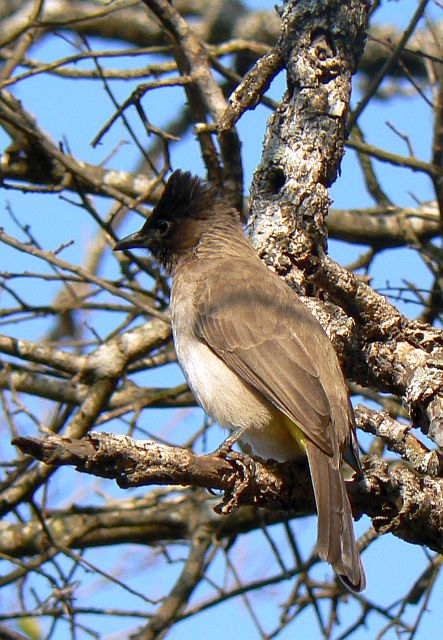 Dark-capped Bulbul
Dark-capped Bulbul



Lazy morning in Ndlovu camp


 blurd
blurd  Lesser Striped Swallow
Lesser Striped Swallow




 Dark-capped Bulbul
Dark-capped Bulbul


Re: Travel Snippets from Kruger, Swazi & KZN (2)
Day 11: Swaziland - Hlane Royal National Park
Another outing to Mahlindza waterhole
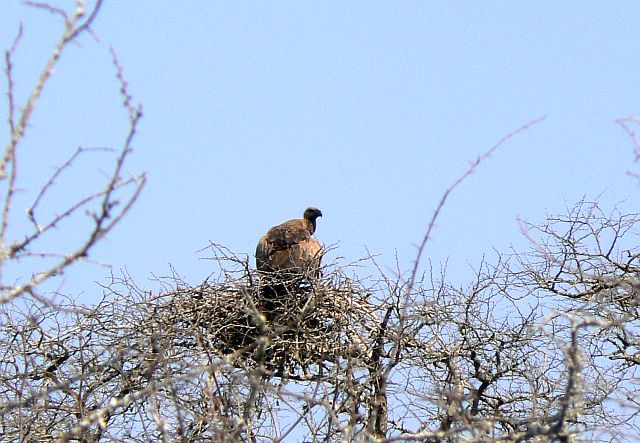
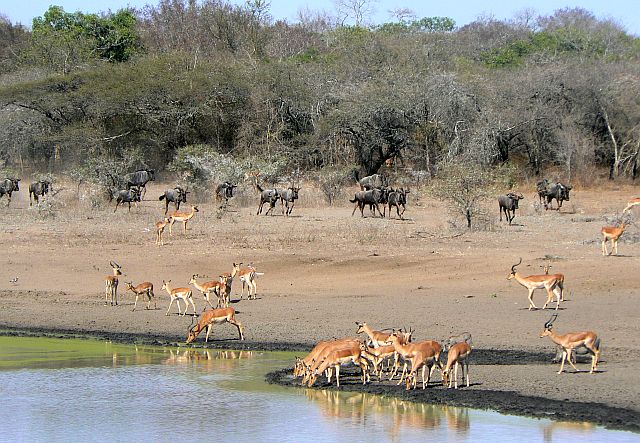
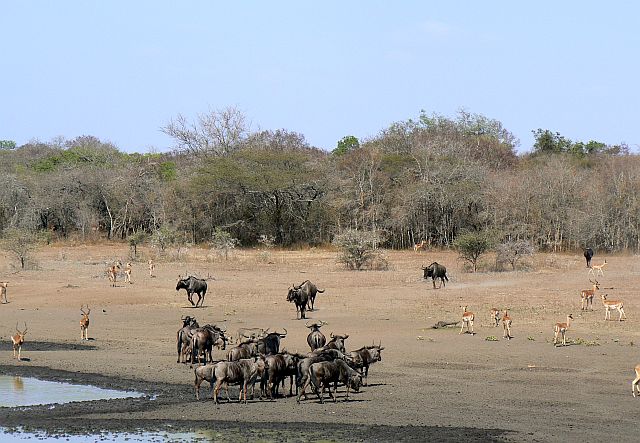
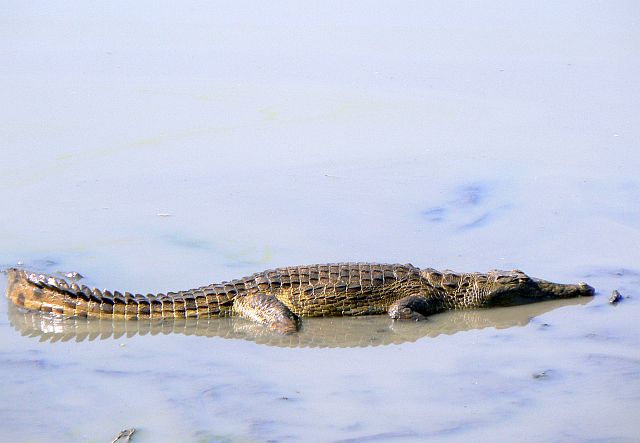
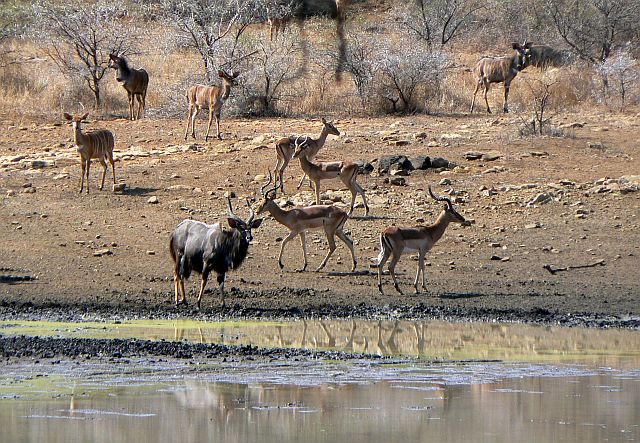
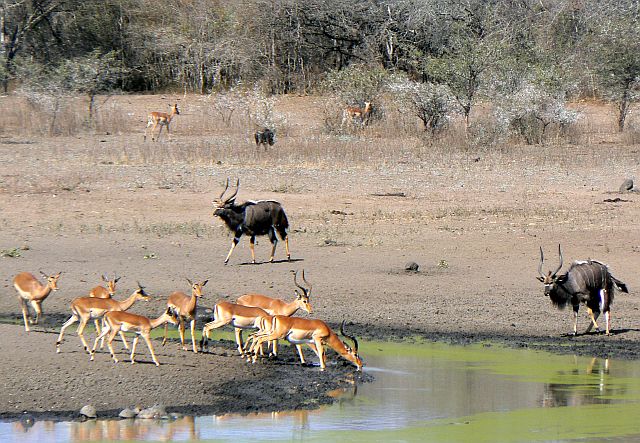
Video: Mahlindza
In the late morning we were off to the northern section in search of the Marabou colony.
Marabou Storks are ugly but interesting birds. They are long-lived, taking up to seven years to reach maturity; they are rather low reproductive, with only one or two chicks in each nest. They breed at only a few sites. The southern African population is small with about 200 pairs breeding in the Okavango swamps. Smaller colonies are known from Zimbabwe and Swaziland. The population that is breeding in the Hlane Royal National Park in Swaziland is the world’s most southern breeding colony. This breeding colony was first recorded in 1964 by Swaziland's best-known conservationist Ted Reilly. Hlane's population is small but stable with about 30 pairs.
Unlike elsewhere in Africa,the Swazi birds breed well away from water. Marabous selected nesting sites in relatively low-crowned trees of Acacia tortilis and Acacia nilotica. New nests are usually built each year, although the same nesting tree may be used several times. Nests are about 100 cm in diameter and lined with green, broadleafed twigs before 2-3 eggs are laid. Both sexes incubate the eggs, which hatch after about 30 days. The hatched chicks weigh about 100g.
So we took the small and very bumpy 4x4 loop and much to our surprise we could not find a nest

 and this was the only Marabou to be seen
and this was the only Marabou to be seen 
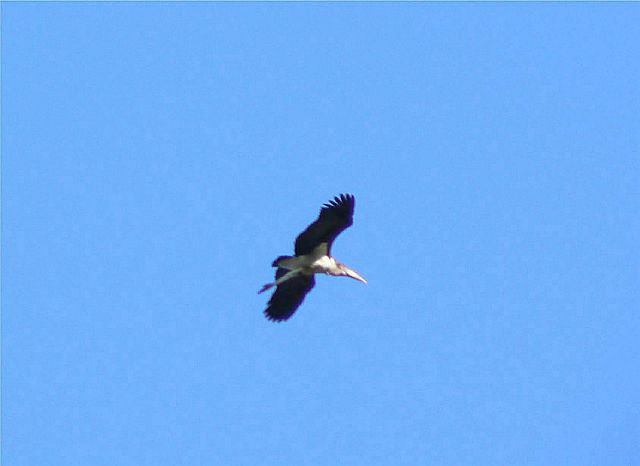
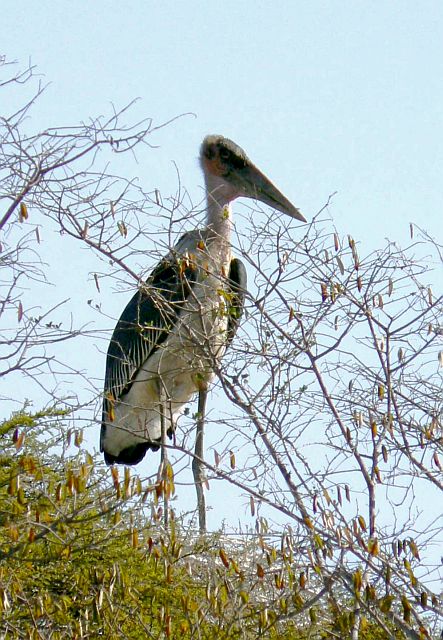
Video: No Marabous


 But we found some Bee-eaters
But we found some Bee-eaters
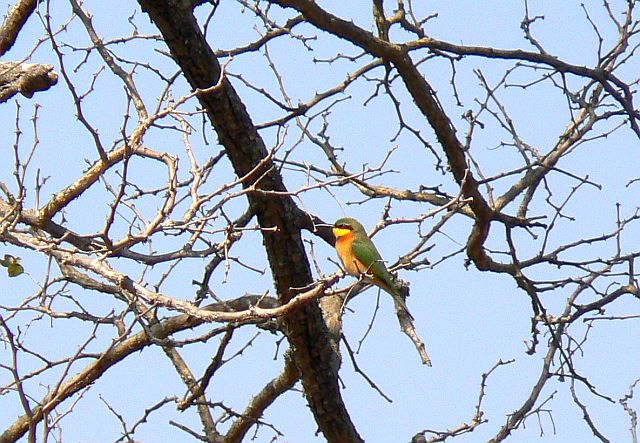
Back in camp for lunch - some more Rhino, Hippo and a wonderful bird
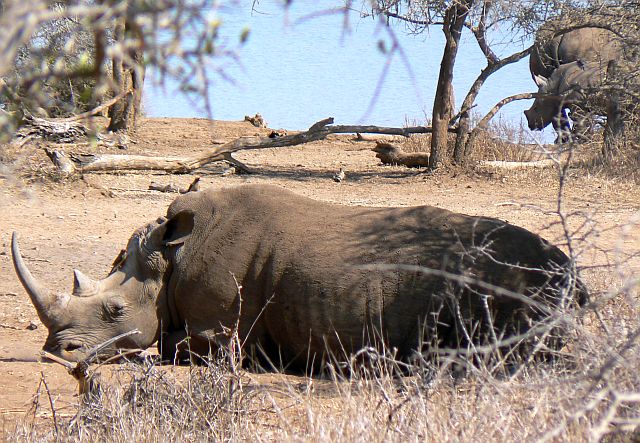
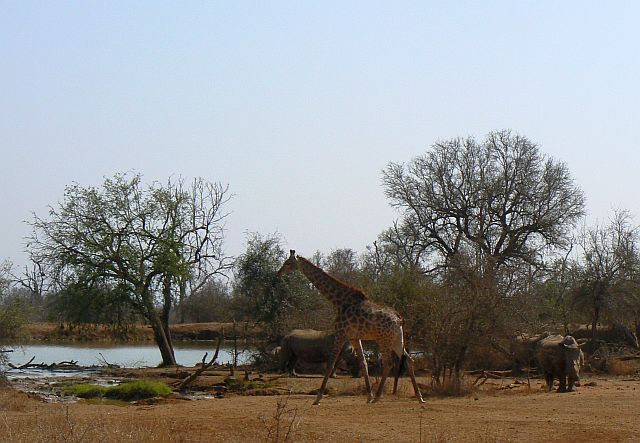
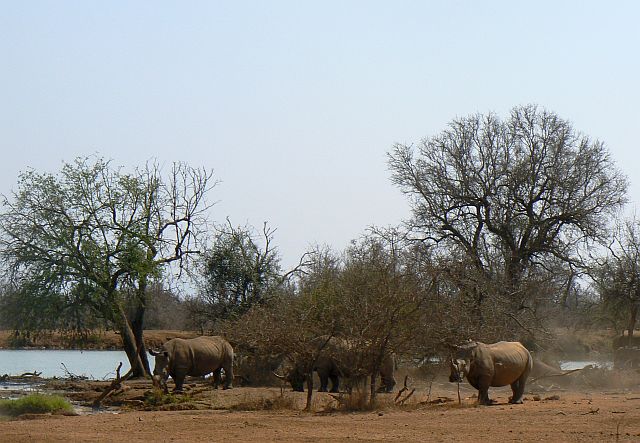
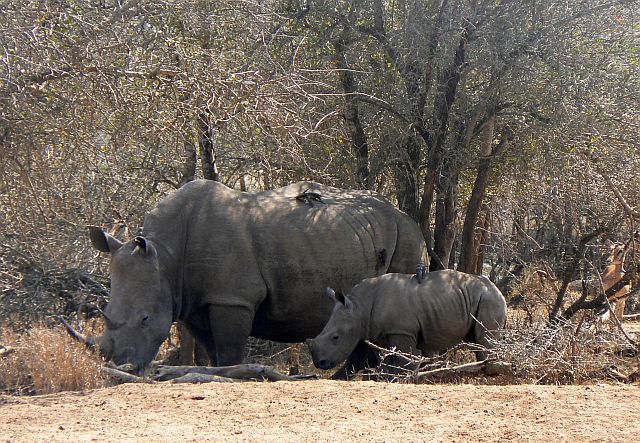
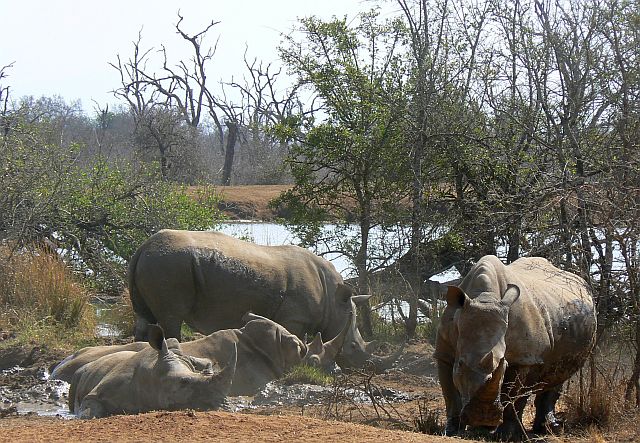
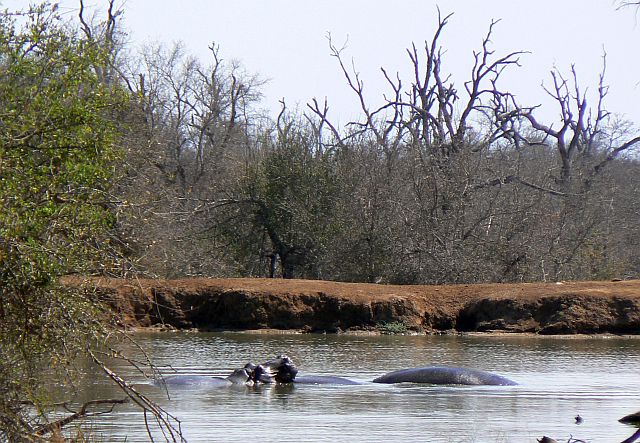
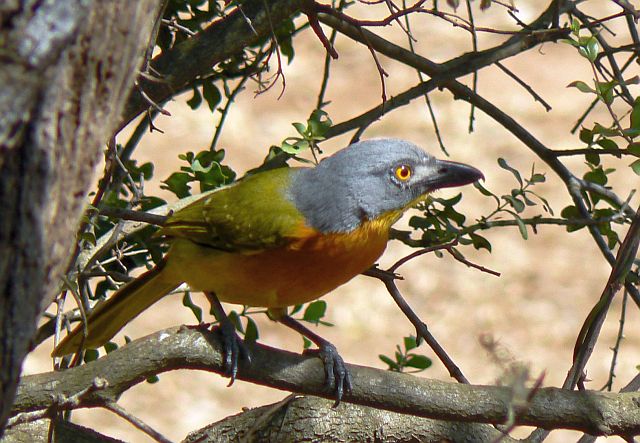 Grey-headed Bushshrike
Grey-headed Bushshrike



Another outing to Mahlindza waterhole






Video: Mahlindza
In the late morning we were off to the northern section in search of the Marabou colony.
Marabou Storks are ugly but interesting birds. They are long-lived, taking up to seven years to reach maturity; they are rather low reproductive, with only one or two chicks in each nest. They breed at only a few sites. The southern African population is small with about 200 pairs breeding in the Okavango swamps. Smaller colonies are known from Zimbabwe and Swaziland. The population that is breeding in the Hlane Royal National Park in Swaziland is the world’s most southern breeding colony. This breeding colony was first recorded in 1964 by Swaziland's best-known conservationist Ted Reilly. Hlane's population is small but stable with about 30 pairs.
Unlike elsewhere in Africa,the Swazi birds breed well away from water. Marabous selected nesting sites in relatively low-crowned trees of Acacia tortilis and Acacia nilotica. New nests are usually built each year, although the same nesting tree may be used several times. Nests are about 100 cm in diameter and lined with green, broadleafed twigs before 2-3 eggs are laid. Both sexes incubate the eggs, which hatch after about 30 days. The hatched chicks weigh about 100g.
So we took the small and very bumpy 4x4 loop and much to our surprise we could not find a nest


Video: No Marabous

Back in camp for lunch - some more Rhino, Hippo and a wonderful bird






 Grey-headed Bushshrike
Grey-headed BushshrikeRe: Travel Snippets from Kruger, Swazi & KZN (2)
Day 11: Swaziland - Hlane Royal National Park
Guided game drive into the Lion section
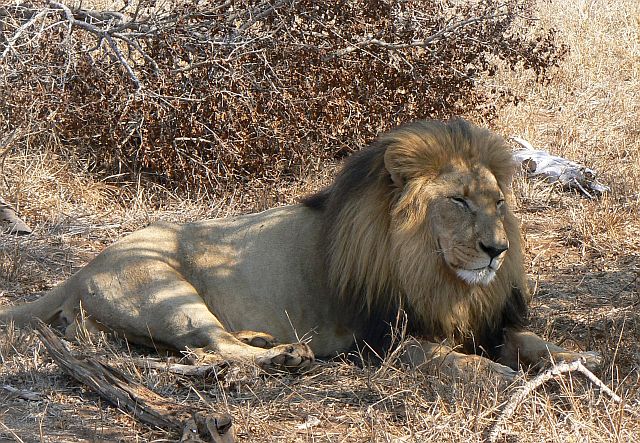
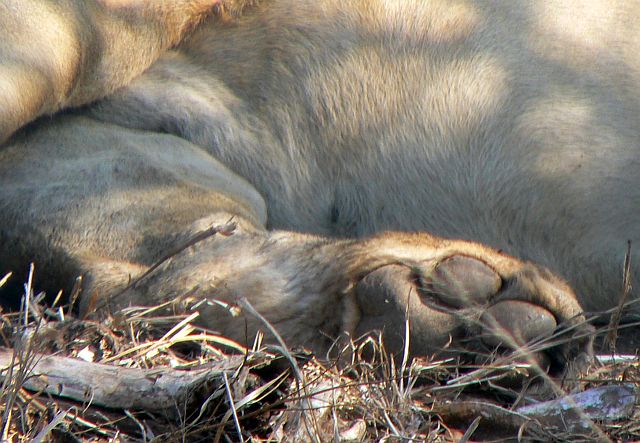
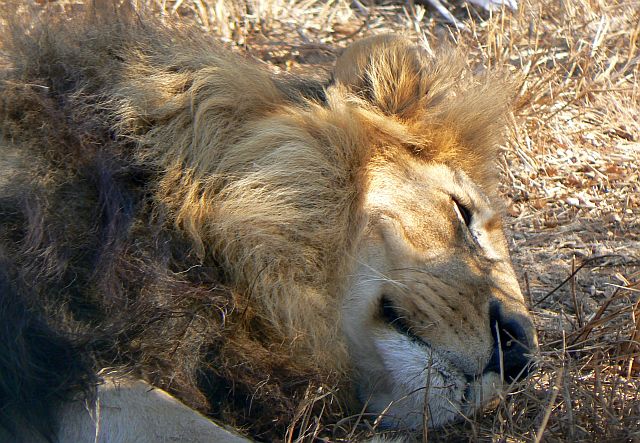
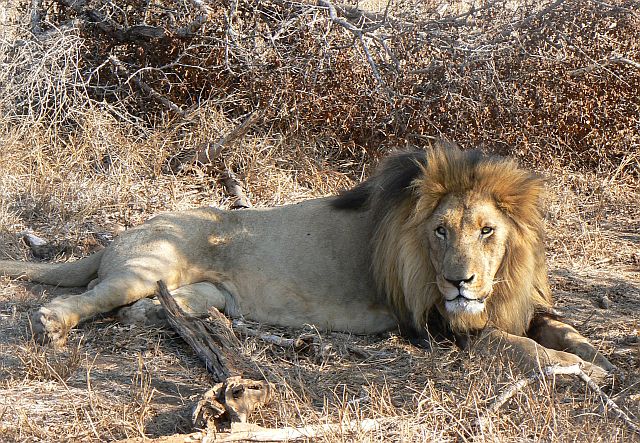
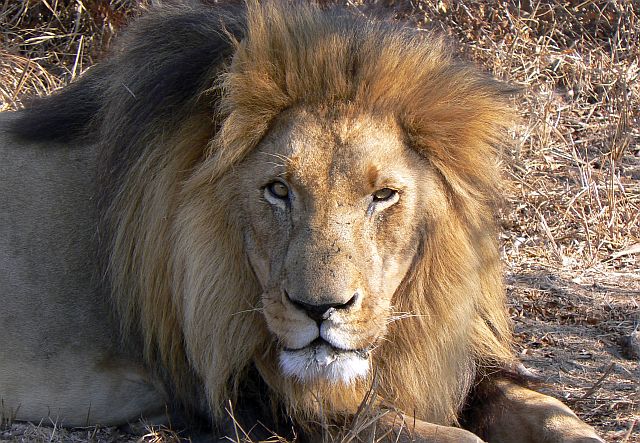
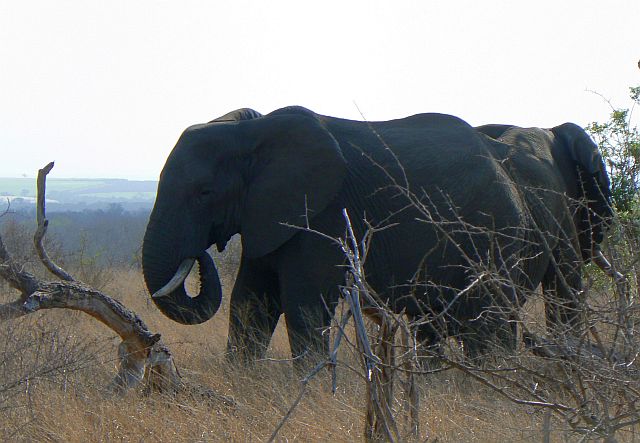
Wolly-necked Stork and Hamerkop at the small waterhole
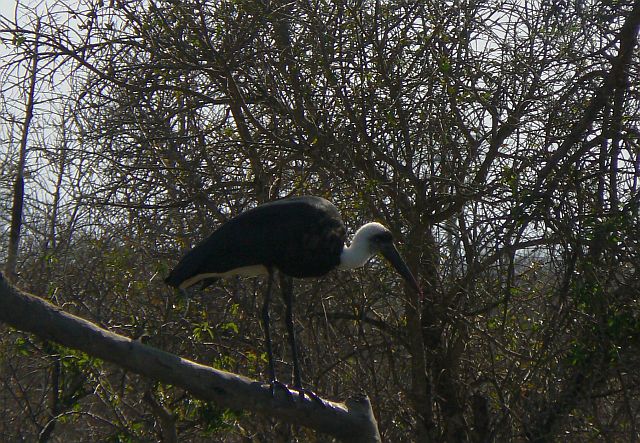
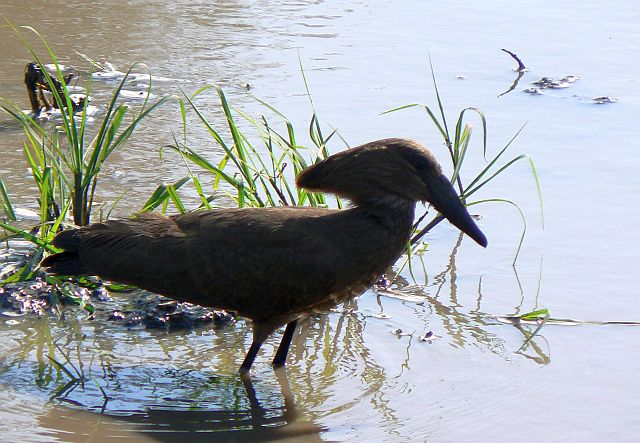
In Hlane, there are hundreds of dead trees (destroyed by Elephants )
)
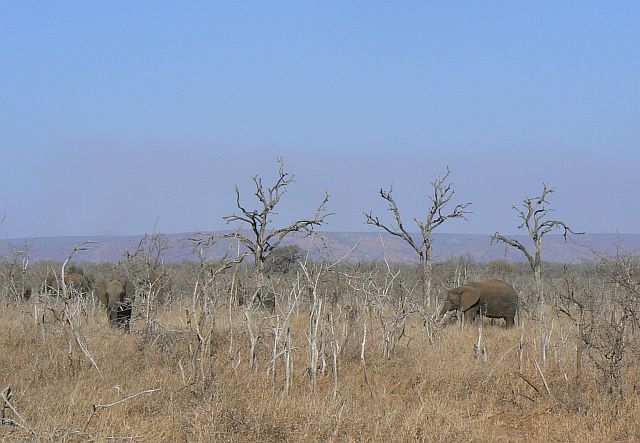
This cow looks very thin
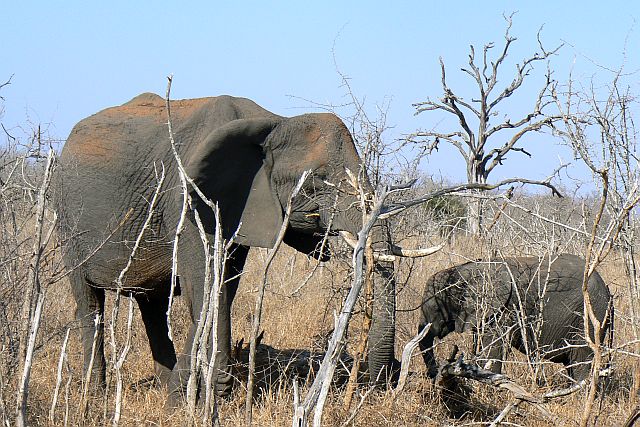
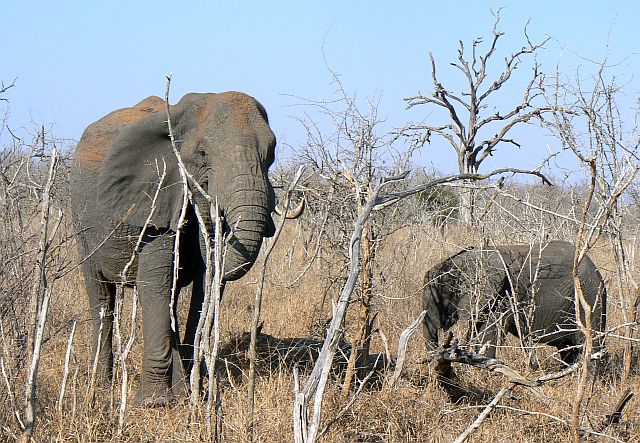
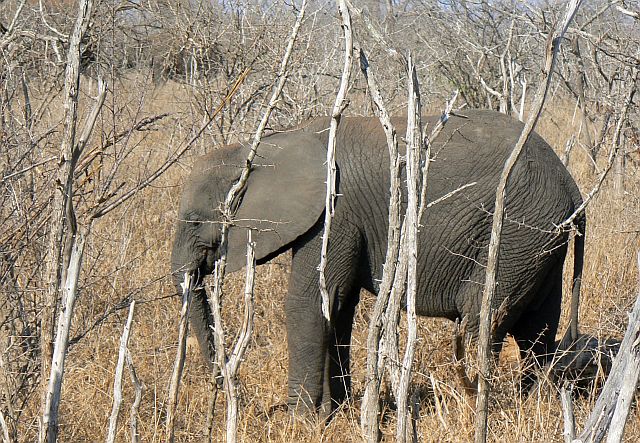
Video: The Lion Section
Another short trip to the self drive area in the afternoon
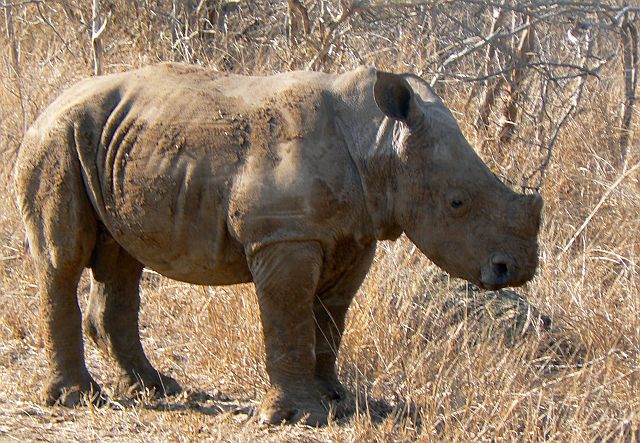
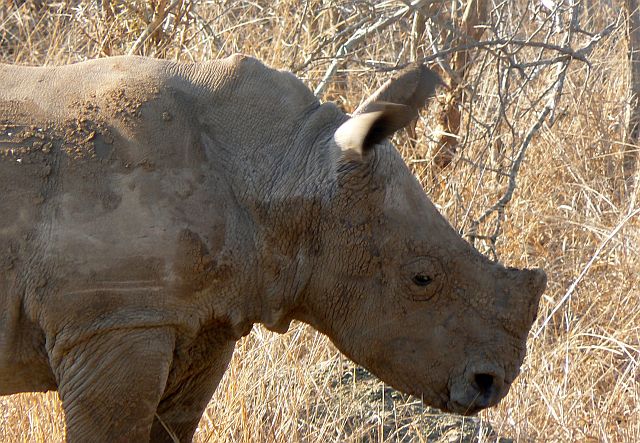
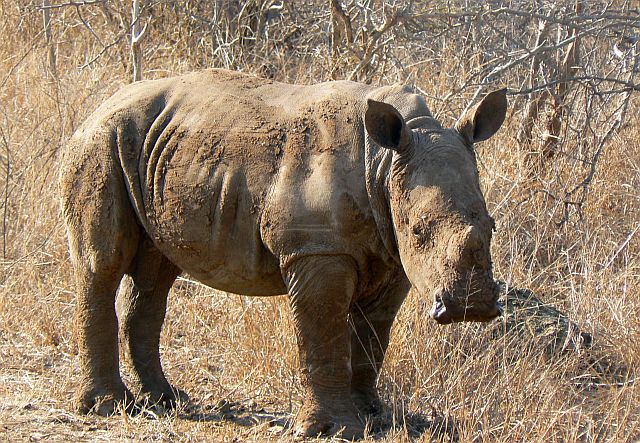
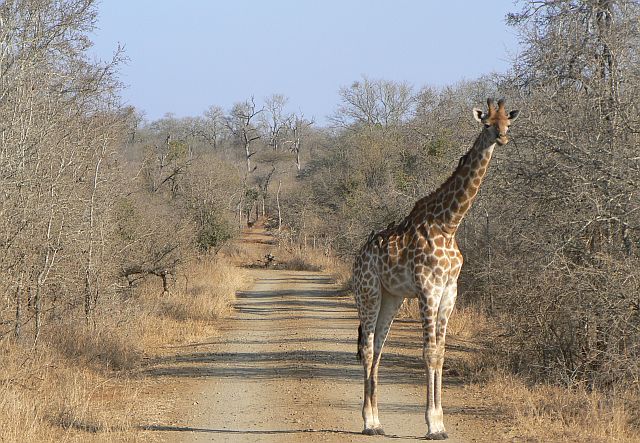
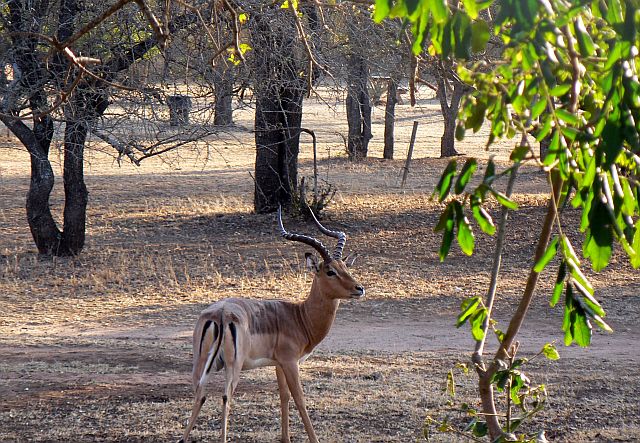
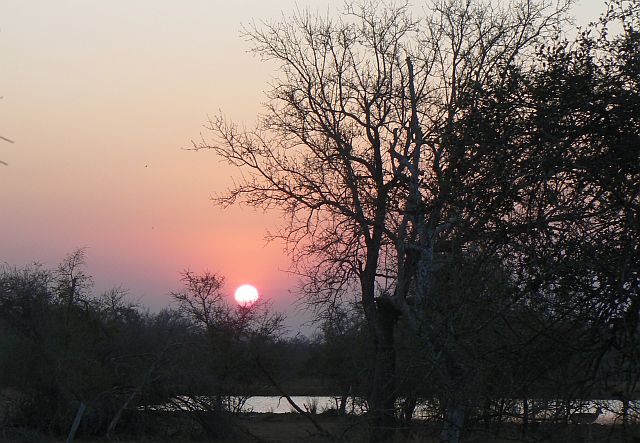
Video: Around the camp



Guided game drive into the Lion section






Wolly-necked Stork and Hamerkop at the small waterhole


In Hlane, there are hundreds of dead trees (destroyed by Elephants

This cow looks very thin



Video: The Lion Section
Another short trip to the self drive area in the afternoon






Video: Around the camp



